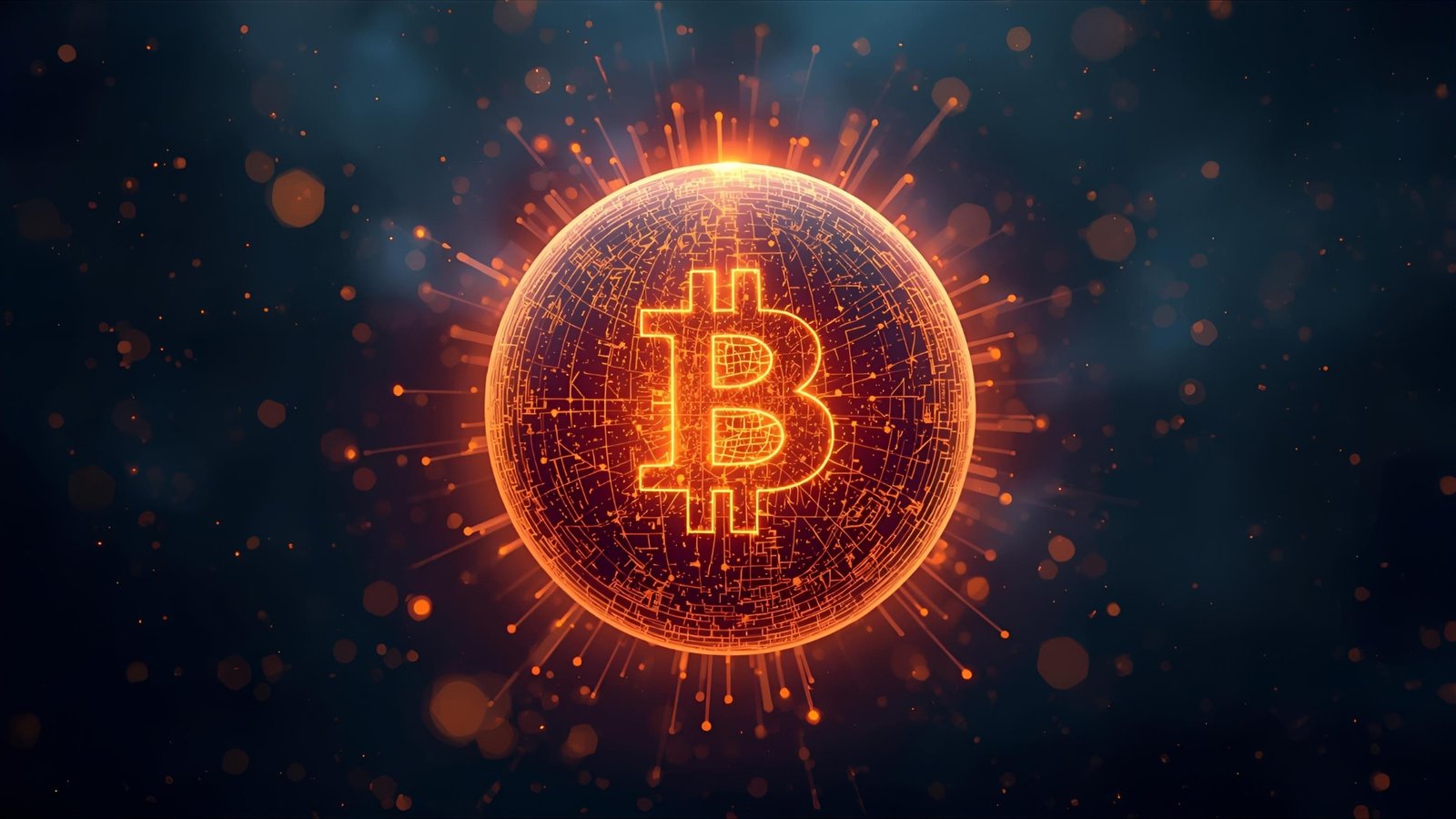In a bold move underscoring its confidence in Bitcoin’s long-term value, CleanSpark has significantly expanded its Bitcoin holdings to over 13,000 BTC. This strategic accumulation marks a new milestone in the company’s trajectory and sends ripples across the crypto mining industry, institutional investors, and market watchers alike.
At a time when many miners face pressures to liquidate for cash flow, CleanSpark’s decision to lean harder into Bitcoin as a core treasury asset distinguishes it from peers. In this article, we explore the details behind CleanSpark’s buildup, the operational and financial context, how this positions the company among leading public bitcoin holders, and what it could mean for the future of Bitcoin mining and crypto treasury strategies.
We begin by charting how CleanSpark reached this level, then dig into the company’s mining metrics, financing moves, risk factors, and competitive environment. Throughout, we highlight relevant concepts such as digital asset management, hashrate growth, and treasury accumulation. Our aim: to provide a comprehensive, readable, and SEO-friendly deep dive into this development and its implications.
The Milestone: CleanSpark’s Holdings Exceed 13,000 BTC
CleanSpark’s September 2025 Update
In its unaudited mining update for September 2025, CleanSpark disclosed that its Bitcoin treasury has grown to 13,011 BTC as of September 30. The company reported 629 BTC mined during the month, and 444.95 BTC sold, realizing proceeds of about $48.75 million at an average sale price of ~$109,568.
Importantly, CleanSpark frames this accumulation as self-mined BTC, meaning these coins were not purchased on the open market but generated through its mining operations. Of the total holdings, roughly 2,583 BTC are posted as collateral or receivables, leaving its net freely held stash at about 10,428 BTC.
This move has placed CleanSpark among the top public bitcoin holders, likely in the top ten by corporate treasuries.
Context: Year-Over-Year Growth
Beyond the monthly snapshot, the company also reported year-over-year production growth of over 27% and fleet efficiency improvements of 26%. These gains help explain how CleanSpark has been able to scale its treasury accumulation while maintaining operational viability.
By leaning into a Bitcoin stacking strategy—holding mined coins rather than selling them immediately—CleanSpark is clearly signaling that it views Bitcoin as more than just a commodity; it is being treated as a strategic reserve asset.
Operational Performance: Mining, Hashrate, and Efficiency

Hashrate Growth and Fleet Efficiency
CleanSpark’s mining fleet averaged 45.6 exahashes per second (EH/s) in September 2025, with a peak operational hashrate of 50.0 EH/s. The fleet achieved an energy efficiency metric of 16.07 joules per terahash (J/Th)—a competitive figure indicating how much energy is consumed to produce a certain amount of cryptographic work.
These metrics demonstrate that CleanSpark is not only growing but maintaining operational discipline. Efficiency gains help offset electricity and infrastructure costs, which are central pressures in the mining business.
Production vs. Sales Strategy
While CleanSpark sold nearly 445 BTC in September, it retained the majority, adding 184 net BTC to its holdings. The partial monetization strategy allows the firm to balance liquidity needs with treasury accumulation. This is part of its digital asset management (DAM) approach, which includes using derivatives and credit facilities to manage volatility.
CleanSpark has also launched a derivatives program to optimize yields and strategically monetize production, rather than just reacting to spot markets.
Financing, Strategy, and Structural Moves
Credit Facilities and Convertible Notes
To support expansion and avoid excessive coin liquidation, CleanSpark has secured significant capital tools. It raised $650 million via convertible notes (0% interest) and bolstered $400 million in Bitcoin-backed credit facilities. In September, the company also added an extra $200 million in credit line capacity.
These measures provide financial flexibility—allowing CleanSpark to continue investing in mining infrastructure, expansion, and energy contracts without being forced to liquidate large portions of its BTC reserve.
Acquisition of GRIID Infrastructure
Another key strategic move was the acquisition of GRIID Infrastructure, which adds power sites and development pipelines to CleanSpark’s portfolio. This has enhanced CleanSpark’s control over energy sourcing and helped future scalability.
Leadership and Corporate Structuring
CleanSpark also restructured its leadership during this period. The company appointed new C-level executives across finance, operations, development, and technology to guide growth at scale. The move signals that CleanSpark views this as a transition from aggressive start-up miner to institutional-grade operator.
Comparative Landscape & Competitive Position
Other Public Miners and Treasury Holdings
Within the public mining space, CleanSpark’s accumulation sets it apart. For comparison, Riot Platforms sold some BTC and reduced its holdings in September to around 19,287 BTC, even while producing 445 BTC. Several other miners slow modestly or liquidate aggressively to meet expenses. CleanSpark’s bold stacking strategy thus provides contrast.
In the broader market, CleanSpark joins other heavy-stacking entities like Coinbase, MicroStrategy, and Marathon, though their capital models differ significantly. Its focus, however, remains on self-mined BTC rather than open-market purchases.
Market Reaction & Investor Sentiment
The market responded positively. CleanSpark’s stock moved upward in response to its announcement, reflecting investor approval of its audacious accumulation. The narrative of merging energy, Bitcoin, and operational scale resonates in a sector hungry for sustainable models.
But it’s not just about sentiment. By aligning its growth narrative with bitcoin accumulation, CleanSpark taps into a current investor trend: many in crypto believe strongly in the long-term upside of BTC. When a miner aligns its core treasury with that belief, it sends a strong signal.
Risks, Challenges, and Mitigation
Volatility and Price Exposure
A natural risk arises with treating Bitcoin as a major treasury asset: price volatility. If BTC were to suffer a sharp drop, the balance sheet could be hit hard. CleanSpark’s derivatives program and credit facility strategy aim to soften such blows, but they don’t eliminate them.
Regulatory & Tariff Uncertainty
CleanSpark may face tariff liabilities if mining hardware is imported. Regulatory scrutiny over the energy usage of Bitcoin mining is growing in various jurisdictions. Changes in tax laws or environmental policy could raise operating costs or limit expansion.
Execution & Energy Risk
Scaling a mining business involves technical execution, power procurement, grid access, and reliability. CleanSpark must deliver on deploying new miners, negotiating favorable energy contracts, and maintaining uptime. A misstep in grid stability or cost overruns can erode margins.
Collateral and Credit Line Dependence
Because part of its BTC is posted as collateral or receivable, any sudden margin calls or stress in credit markets could force unwelcome liquidity moves. CleanSpark must maintain prudent debt-to-collateral ratios.
Implications & Outlook

A Shift in Mining Business Models
CleanSpark’s move signals a potential shift: more miners may see Bitcoin not just as a product but as capital. Instead of immediate monetization, accumulation could become a competitive differentiator.
Treasury Strategy Becomes Core to Valuation
As more firms use BTC as their reserve asset, investors may begin valuing miners not based just on hashing, but on treasury efficiency, balance sheet strength, and digital asset strategy.
Potential for M&A or Consolidation
A miner holding a substantial BTC reserve becomes an attractive M&A target or consolidation partner. CleanSpark itself might pursue acquisitions or mergers to further scale.
Energy & Infrastructure Integration
CleanSpark’s energy control moves (via GRIID) hint at vertical integration. This could be a template for miners to manage electricity costs consciously, rather than rely solely on power contracts.
See More: Bitcoin Mining How It Works Its Future & Global Impact
Conclusion
CleanSpark’s bold accumulation of over 13,000 BTC is more than a headline—it is a statement of intent. By tying its future to Bitcoin itself, the company is trying to evolve beyond pure mining into a hybrid energy–crypto infrastructure brand with a deep treasury strategy. Its operational metrics (hashrate, efficiency), capital moves (credit lines, convertible notes), and leadership upgrades all serve this narrative.
Yet ambition comes with risk. Price volatility, regulatory uncertainty, energy execution, and credit exposure are all real challenges. Whether CleanSpark will succeed in executing this vision remains to be seen. But one thing is clear: the mining industry may have just taken a step toward a new paradigm—where Bitcoin holdings, not just mining yield, become a cornerstone of corporate value.
FAQs
Q: Why is CleanSpark increasing its Bitcoin holdings instead of selling more?
CleanSpark views Bitcoin as a strategic asset. By stacking rather than selling, it positions itself to benefit from long-term upside. The company uses derivatives and credit tools to manage liquidity, so it is not overly reliant on spot sales.
Q: How much BTC did CleanSpark mine and sell in September 2025?
In September 2025, CleanSpark mined 629 BTC and sold approximately 444.95 BTC, adding a net 184 BTC to its holdings.
Q: What percentage of CleanSpark’s BTC is collateral or receivables?
Of the 13,011 BTC held, about 2,583 BTC are posted as collateral or receivables, meaning a portion is encumbered.
Q: How does CleanSpark manage risk from Bitcoin volatility?
The company uses derivatives, credit lines, and a cautious monetization strategy to mitigate volatility. They avoid relying exclusively on spot sales and maintain financial flexibility through debt instruments.
Q: What does this move signal for the broader Bitcoin mining sector?
CleanSpark’s strategy may signal a shift in the industry toward treating Bitcoin as capital, not just output. Other miners may adopt similar treasury-based approaches, leading to a recalibration in how the market values mining firms (focusing more on balance sheet and reserves than just hashpower).

















